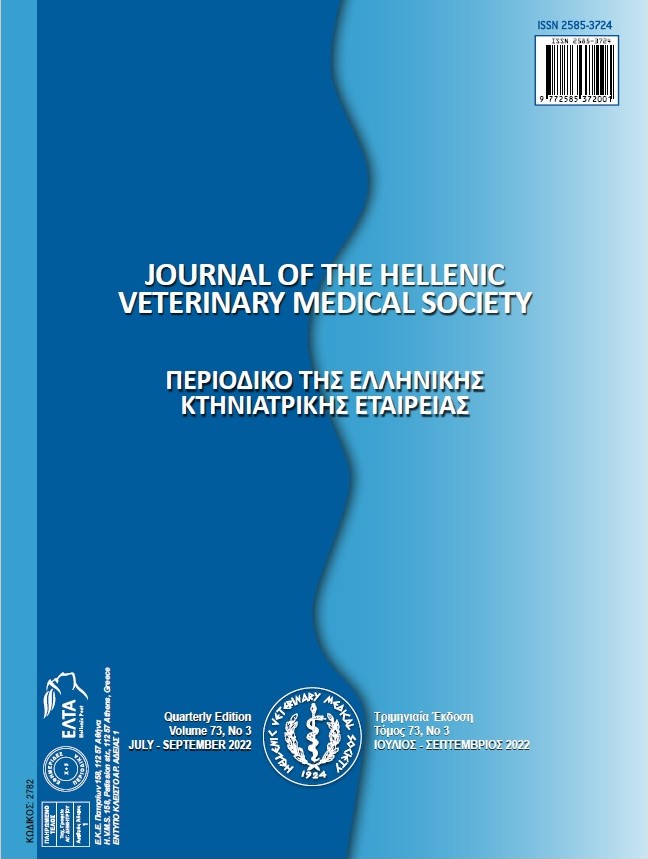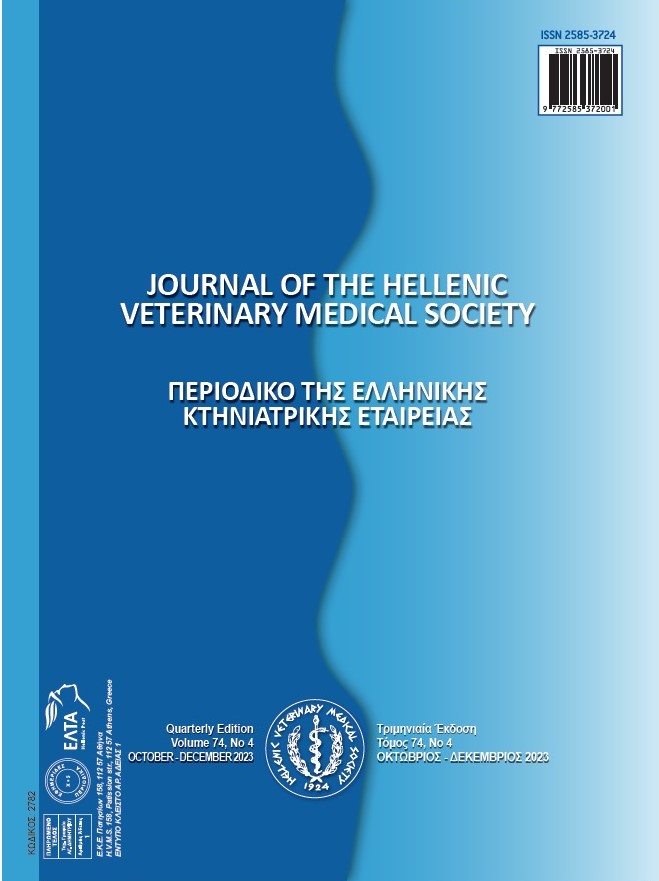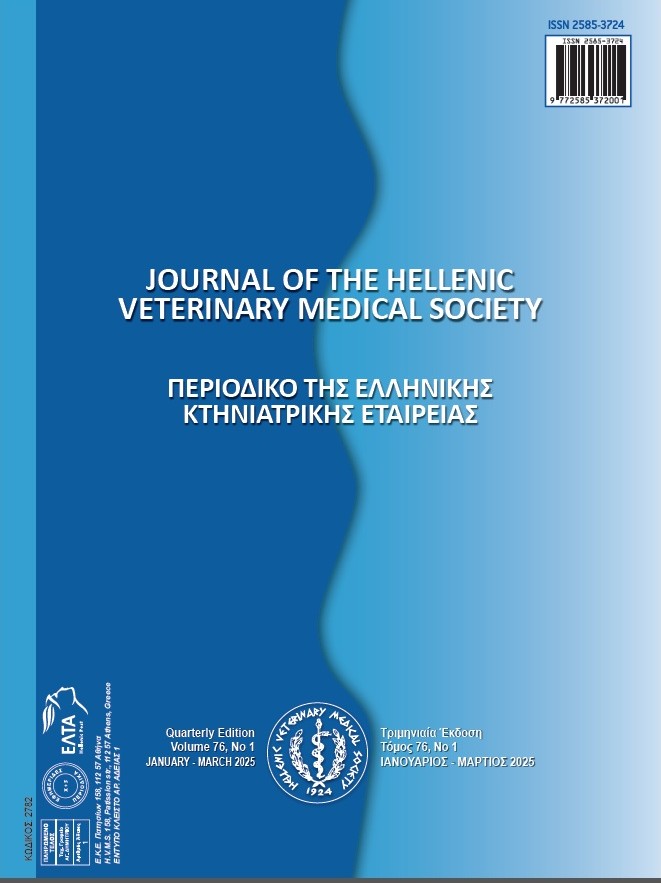Effect of partial replacement of dimethyl sulfoxide with dextran, polyvinylpyrrolidone or polyethylene glycol on post-thaw drone semen quality and queen fertility

Abstract
The aim of this study was to elucidate the toxicity effect of widely used penetrating cryoprotective agent dimethylsulfoxide (DMSO) on frozen drone semen and fertility. DMSO was replaced totally or partially with either dextran, polyvinylpyrrolidone (PVP), or polyethylene gylchol (PEG), which are non-penetrating cryoprotectants. The freezing extender with 12%, 8%, 4% and 0% DMSO were supplemented with 0%, 4%, 8% and 12% of dextran, PVP, or PEG, respectively. For all treatment groups, the final cryoprotectant concentration was 12%. Dextran4, PVP4, and DMSO12 groups with good post-thaw motility, plasma membrane functional integrity that evaluated throughout the study and fresh semen were used for queen instrumental insemination (n=46). Two queen bees (4.4%) died due to manipulation. Alive queens [24 (60%) of 44] had been observed to survive after a week, and 17 (71%) of these queens continued to survive after three months. At the end of three months, 15 (88%) of the alive queens continued to produce worker bees. There were no differences among insemination groups (P>0.05) for the rate of survival for three months and presence of worker broods. After overwintering, there were two queens from the PVP4 and three queens from the Dextran4 group that survived and one queen from PVP4 and two queens from Dextran4 group that continued to produce worker bees. In conclusion, addition of 4% Dextran or PVP as an extender containing 8% DMSO solution improves queen bees' worker egg-laying period, but the same results were not observed for the PEG containing groups.
Article Details
- How to Cite
-
Nur, Z., Şen, H., Toker, M., Alcay, S., Ustuner, B., Gokce, E., Onder, N., Çakmak, İ, Çakmak, S., & Soylu, M. (2024). Effect of partial replacement of dimethyl sulfoxide with dextran, polyvinylpyrrolidone or polyethylene glycol on post-thaw drone semen quality and queen fertility. Journal of the Hellenic Veterinary Medical Society, 75(2), 7371–7378. https://doi.org/10.12681/jhvms.34510
- Issue
- Vol. 75 No. 2 (2024)
- Section
- Research Articles

This work is licensed under a Creative Commons Attribution-NonCommercial 4.0 International License.
Authors who publish with this journal agree to the following terms:
· Authors retain copyright and grant the journal right of first publication with the work simultaneously licensed under a Creative Commons Attribution Non-Commercial License that allows others to share the work with an acknowledgement of the work's authorship and initial publication in this journal.
· Authors are able to enter into separate, additional contractual arrangements for the non-exclusive distribution of the journal's published version of the work (e.g. post it to an institutional repository or publish it in a book), with an acknowledgement of its initial publication in this journal.
· Authors are permitted and encouraged to post their work online (preferably in institutional repositories or on their website) prior to and during the submission process, as it can lead to productive exchanges, as well as earlier and greater citation of published work.





